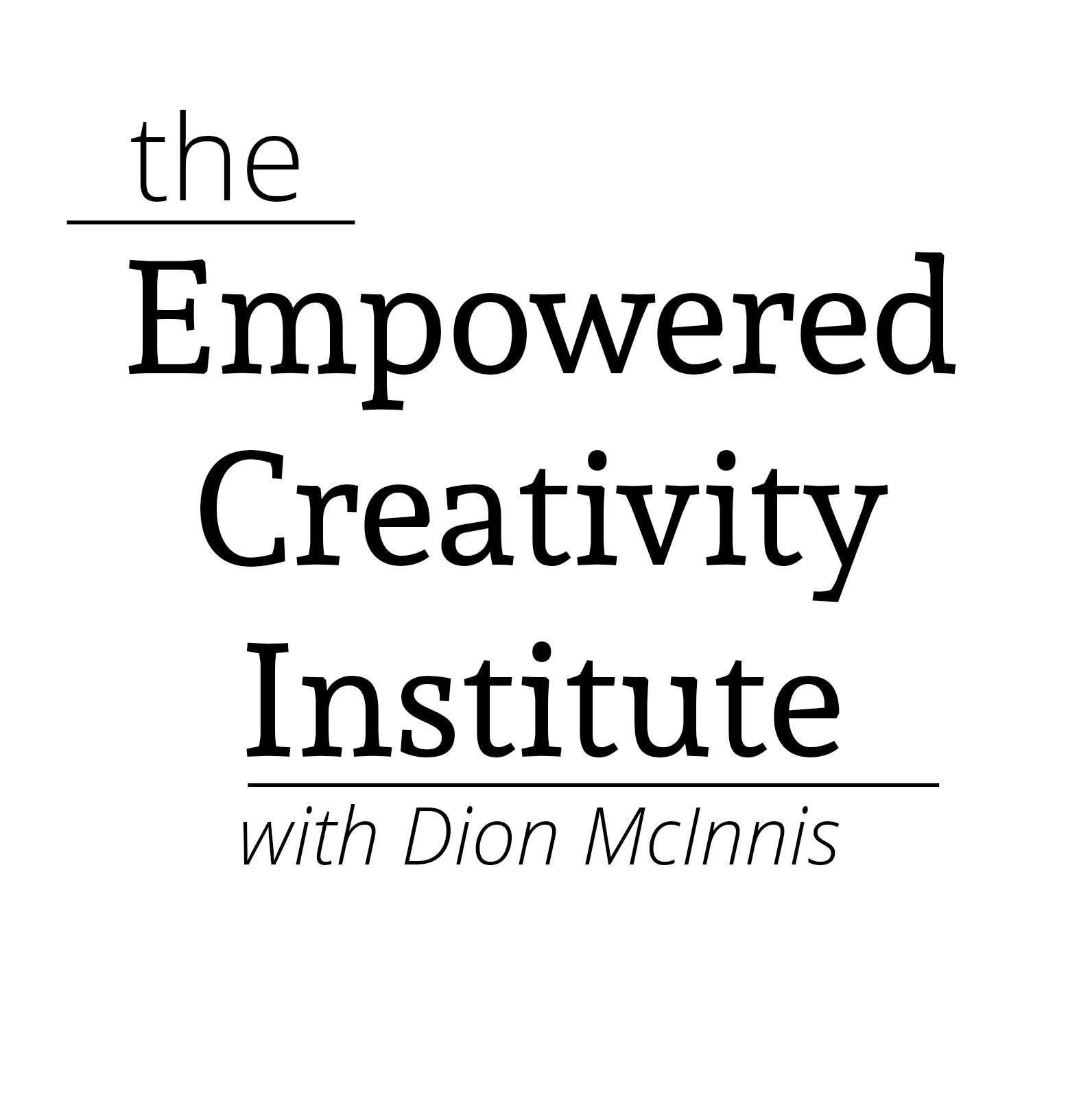Santa Claus brought me a camera in 1962. I was six years old. The gift changed my life. I’ve been creating negatives ever since — though not much since the arrival of digital photography, but that is about to change – and there are a lot of positives in those negatives. Such is the case in non-photographic terms, too, but that’s a different column to write.
I remember handling negatives as a kid, improperly but with great interest. I remember using a stack of them to look through when viewing an eclipse when I was a young’un. I remember being fascinated by how the images appeared when changing the angle of view when looking at, and through, the negatives. I remember being still fascinated, but much more careful, when I began enlarging prints in my darkroom. The fascination never died.
The other day, I found an important part of my 20-year old scanner, thus enabling me to again scan negatives and slides. I had undertaken another quest into our storage unit when I came across some old negatives when re-organizing my office space at home. I knew the negatives were there, but I had not paid them much attention what with not having a darkroom or a scanner that was operational. With renewed interest in the negatives, I searched again for the missing part, and … voila! In the process, I was reminded of three positives in negatives.
Memories refreshed
In the inventory of negatives are tweaks to our memories. Sometimes, forgotten memories are uncovered and recalled ones are enhanced with new details. With new details or renewed freshness, memories fit together as stories to be shared.
Stories shared
Looking at negatives spurs conversations differently than looking at prints in a scrapbook or digital images. Try it. I shared with some friends from high school that I had found and scanned some images of my first car, a 1968 Karmann Ghia; some recollections became story vignettes. Negatives provide additional memories for me involving my sons; I remember each of them standing on my feet when they were quite young so they could look into a tray of developer as images would ghost up on the photographic paper.
Things aren’t always as they appear
Looking at photographs offer the same results as those above, but looking at negatives require more effort, thus enriching the memories, stories, and perspectives. The negatives appear different than the reality captured on the film and they require us to reverse the images in our minds. It helps to have both, forcing us to put more effort into remembering and re-constructing.
Interestingly, those truths apply to non-photographic negatives in life, too. Look at negatives differently.
